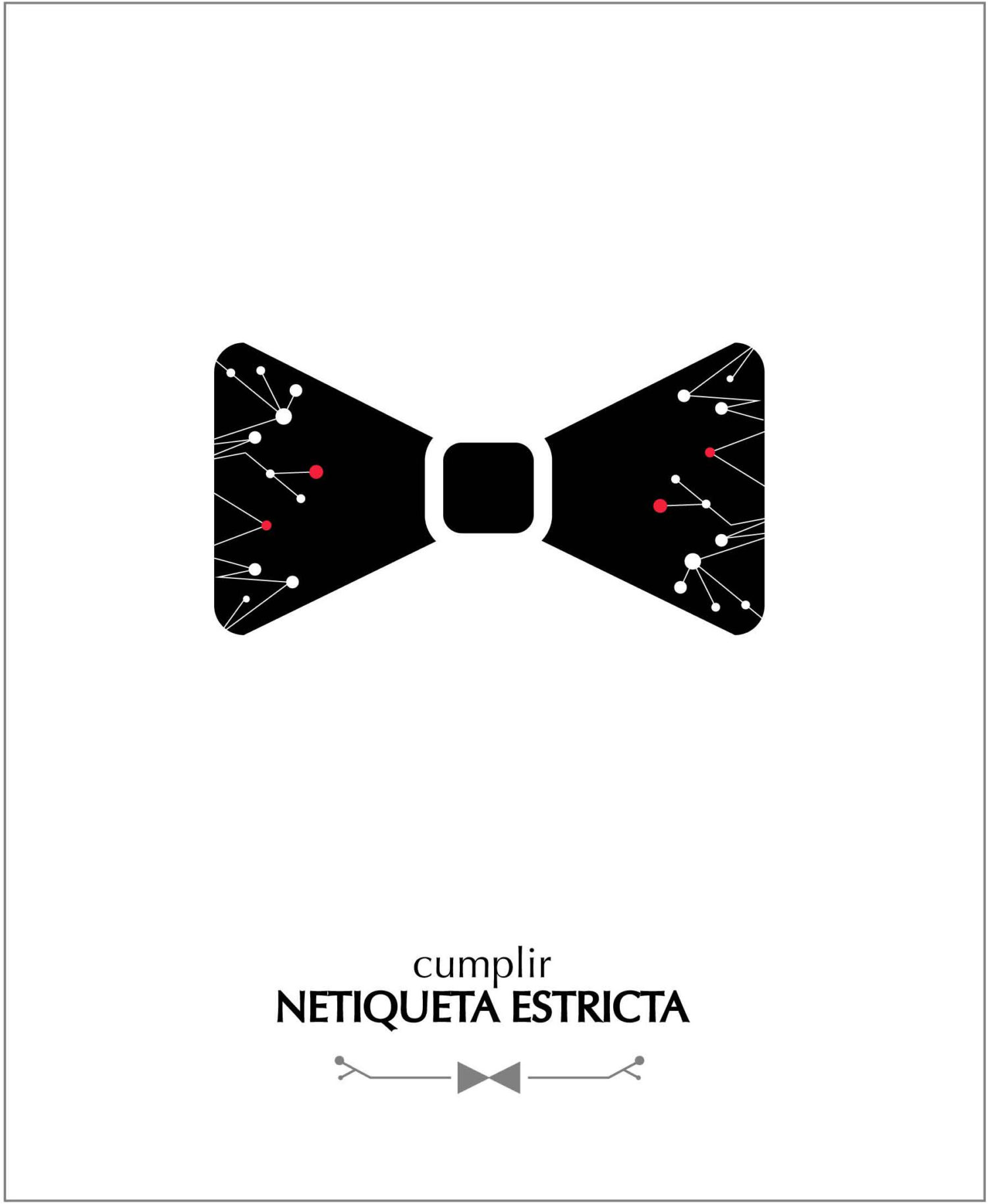There is a commonplace in many organizations that leads them to look for that magic technological solution that allows information to flow internally in an optimal way and disseminate the results of the work of the organization to the outside. This tool does not exist (and if it would exist, its learning curve would be infinite).
The real solution is much less magical. Turning away from the fetishism of tools, we claim the organizational culture that takes shape in protocols, netiquettes, FAQs… Strict netiquette is one of the 10 digital native practices that we have observed in organizations that successfully adapt to changes in the environment.
So what if instead of continuing to look for that magical tool to communicate with our colleagues we simply start by filling the subjects of the emails?
Example of Netiquette
The following netiquette is a basic set of rules that you can use in your work mailing lists. It is made taking the netiquette developed by Xnet, based in the old Usenet Netiquette and Hacktivistas manuals. Feel free to modify it and reuse it.
- No mail without the subject.
- Write each title imagining yourself within three months looking for that mail in the mail finder.
- Think of a Label (a word highlighted in the title in capital letters) for the subject in intuitively so that colleagues who don’t have to read that email can jump visually just by looking at the label. Suggested labels (Source: The Tongue and Quill):
- ACTION: It is obligatory that the addressee makes some action.
- INFO: For e-mails for informational purposes only; no action or response is required.
- DECISION: Requires a decision by the recipient.
- REQUEST: Seeks permission or approval from the recipient. +
- COORDINATION: For when any type of coordination with the addressee is required.
- Before writing an email, take 10 seconds. Think, develop and then act. Be brief. Put something concrete as concisely as possible. Never an e-mail of more than 3 short paragraphs.
- Be clear. Use bold. Separate paragraphs. Be clear when asking something. Be clear when asking for something.
- In general, the most valuable resource in your network is the time of others.
- Use the mail to coordinate technical work and leave the background discussions to other media.
- Don’t open a new thread on the same topic if one is already open. ERGO, before opening a thread look if there is already another one open on the topic.
- Do not change the subject in the same thread. Open a new one.
- Correctly identify the person you are responding to.
- Respond by clarifying what you are responding to. If you answer “agree” to a mail with several points, it is assumed that you agree on all the points. If you wish to express agreement with only a few points and comment on others, you can reply to the mail point by point between lines, or by copying and putting in quotation marks the key phrases of the other mail and adding the comments in a clear and differentiated way, or by numbering the points and putting a keyword so that it is easy to respond by referencing the number or the keyword.
- If the answers lengthen the thread, think about whether it can be resolved with another tool: a face-to-face meeting, a phone call or a shared document.
- If the thread has a lot of emails, be sure to read them before answering, so you don’t repeat the same thing.
- Don’t shout (don’t abuse CAPITALS). Don’t compete for attention.
What do you miss? What would you add? What individual behavior when writing emails do you think would benefit the whole organization?

